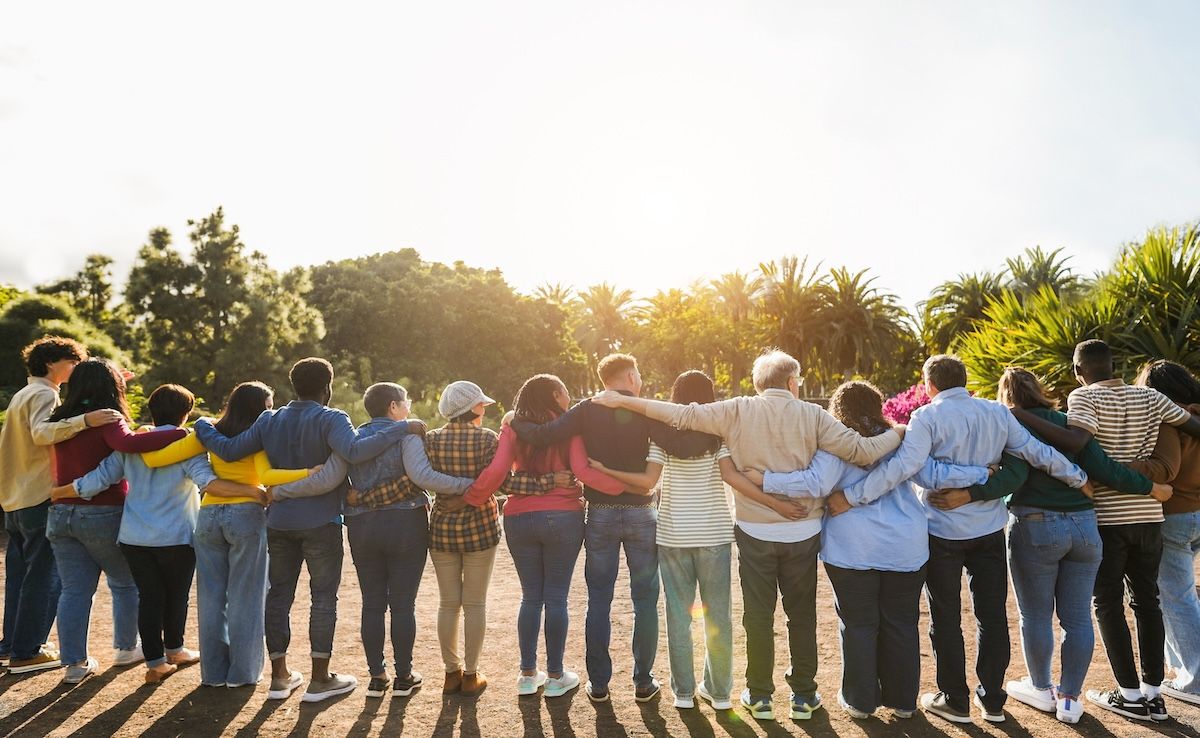Article
ICER Report: Despite High Price, Emicizumab for Hemophilia A Cuts Costs
Author(s):
While the wholesale acquisition cost of the hemophilia A drug is approximately $482,000 for the first year of treatment and $448,000 for subsequent years, a draft report found that the drug would reduce the budget by approximately $1.85 billion per patient annually for patients aged 12 and older. In patents aged 12 and younger, emicizumab at wholesale acquisition cost pricing would reduce the budget by approximately $720,000 per patient annually.
Despite its high price, Roche’s hemophilia A drug emicizumab lowers costs, according to a draft report from the Institute for Clinical and Economic Review (ICER).
Emicizumab (Hemlibra) gained FDA approval in November as a once-weekly injection for adults and pediatric patients with hemophilia A who have developed inhibitors or resistance to other treatments. According to Roche, it is the first new medicine in nearly 20 years for the treatment of people with hemophilia A with inhibitors. The drug is used to prevent or reduce the frequency of bleeding episodes.
The wholesale acquisition cost (WAC) of emicizumab is approximately $482,000 for the first year of treatment and $448,000 for subsequent years; however, it could potentially reduce the need for other costly therapies, according to the report.
ICER used the cost-effectiveness model to estimate the potential total budgetary impact of emicizumab and used the WAC for each drug for its estimates. The potential budget impact was defined as the total differential cost of using each new therapy rather than relevant existing therapy, calculated as differential healthcare costs minus any offsets in these costs from averted healthcare events.
The costs were undiscounted and estimated over 1- and 5-year time frames, but the 5-year time frame was the primary interest because of the potential for cost offsets to accrue over time and to allow for a more realistic impact on the number of patients treated with the new therapy, according to the ICER report.
The results showed that over a 5-year time horizon, emicizumab at WAC pricing would reduce the budget by approximately $1.85 million per patient annually for patients aged 12 and older. In patents aged 12 and younger, emicizumab at WAC pricing would reduce the budget by approximately $720,000 per patient annually.
Emicizumab’s November approval was based on phase 3 of the HAVEN 1 study. The study showed that for people aged 12 and older with hemophilia A with inhibitors who received emicizumab had a statistically significant reduction in treated bleeds of 87% (95% Cl: 72.3; 94.3, P <.0001) compared to those who received no prophylaxis. The treatment also resulted in a substantial reduction in treated bleeds of 79% (95% Cl: 51.4; 91.1, P = .0003) compared to previous treatment with bypassing agent prophylaxis.
Results of the HAVEN 2 study in children aged 12 and younger showed that 87% (95% Cl: 66.4; 97.2) of the cohort treated with emicizumab experienced zero treated bleeds.





